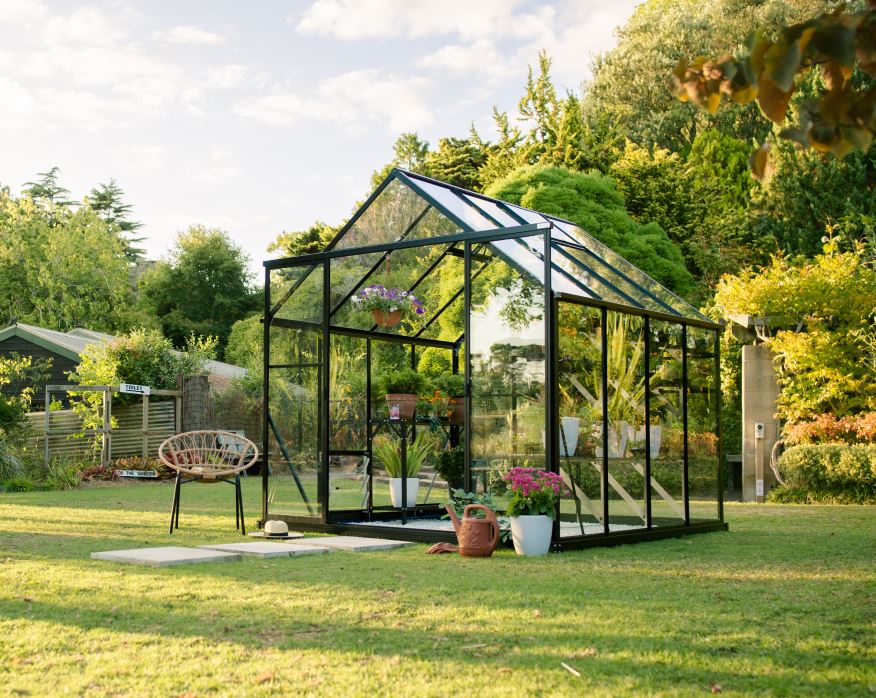Shade house gardening is a fantastic way for beginners to start their gardening journey. It offers numerous benefits that make it an attractive option for those looking to grow plants in a controlled environment. In this beginner's guide, we will explore the advantages of shade house gardening and provide tips on how to make the most of this gardening method.
One of the primary benefits of shade house gardening is the ability to provide a sheltered environment for plants. By placing plants in a shade house, you can protect them from harsh weather conditions such as strong sunlight, heavy rain, or strong winds. This controlled environment helps to create optimal growing conditions for a wide variety of plants, making it easier for beginners to achieve success in their gardening endeavors.
Another advantage of shade house gardening is the ability to extend the growing season. The shade provided by the structure helps to regulate the temperature, preventing plants from wilting in the summer heat or freezing in the winter cold. This means that you can grow a wider range of plants throughout the year, giving you more opportunities to enjoy fresh produce and beautiful flowers.
Shade house gardening also helps to protect plants from pests and diseases. By creating a physical barrier between your plants and potential threats, you can reduce the risk of infestations and infections. This can help to improve the overall health and vitality of your plants, allowing them to thrive and flourish in a protected environment.
One of the key aspects of successful shade house gardening is choosing the right location for your structure. Ideally, you should place your shade house in a spot that receives partial sunlight throughout the day. This will provide enough light for your plants to thrive while also offering protection from the harshest rays of the sun. Additionally, you should ensure that the location is well-drained to prevent waterlogging, which can lead to root rot and other issues.
When it comes to selecting plants for your shade house garden, there are plenty of options to choose from. Shade-loving plants such as ferns, begonias, and impatiens are ideal choices for a shady environment. You can also consider growing vegetables such as lettuce, spinach, and kale, which thrive in cooler, shadier conditions. Experiment with different plant varieties to see what grows best in your shade house and tailor your choices to suit your preferences and climate.
Proper care and maintenance are essential for a successful shade house garden. Regular watering is crucial, as plants in a shaded environment may not receive as much rainfall as those grown in full sun. You should also monitor the soil moisture levels to ensure that your plants are not being overwatered or underwatered. Fertilizing your plants with a balanced fertilizer can help to promote healthy growth and flowering, while keeping an eye out for pests and diseases will allow you to take timely action to prevent problems.
As a beginner, it's important to start small and gradually expand your shade house garden as you gain confidence and experience. Begin with a few easy-to-grow plants and gradually add more varieties as you become more comfortable with the process. Don't be afraid to experiment and try out new plants, as this is a great way to learn and improve your gardening skills.
In conclusion, shade house gardening offers a range of benefits for beginners looking to start their gardening journey. From providing a sheltered environment for plants to extending the growing season and protecting against pests and diseases, shade house gardening is a versatile and rewarding method of growing plants. By following the tips outlined in this beginner's guide, you can unlock the benefits of shade house gardening and enjoy a thriving garden filled with beautiful and healthy plants.
